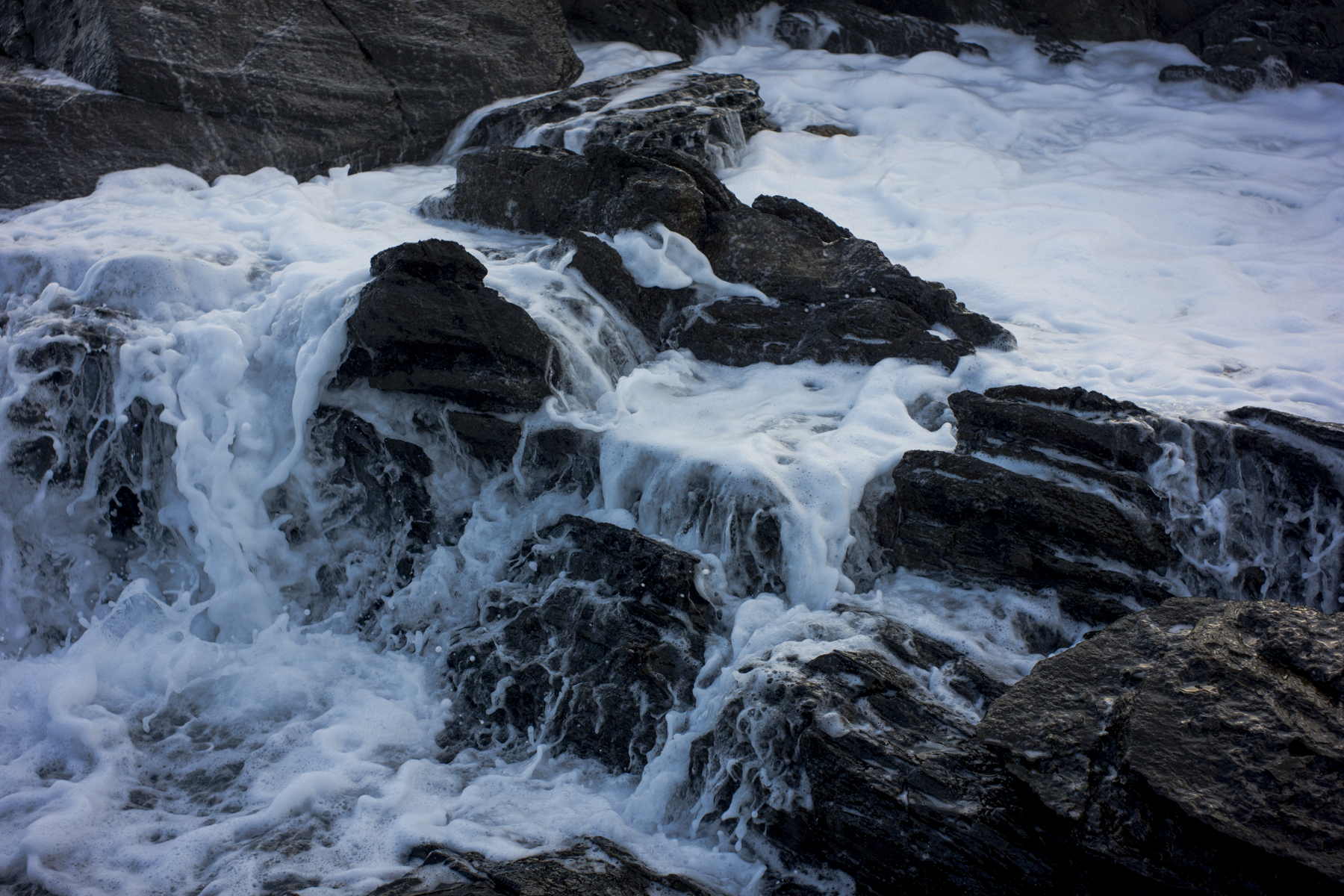Yesterday we started to explore the west parklands in which the West Terrace Cemetery is situated. The part of the parklands that is next to West Terrace itself consists of soccer fields. Further west, adjacent to the northern side of the cemetery and running down to the railway line is a cultivated wilderness area with a wetlands known as Wirranendi Park.
Wirranendi is from the Kaurna aboriginal language and it means to become transformed into a green-forested area. The park is cultivated in the sense that it is being replanted with natives, and is a site for public sculptures that are far more intriguing than any art in public places in the CBD.
Adelaide, whose self-image is that it is an arts and festival city, has had an ironic shortage of contemporary public art, and what it does have is banal-eg., the brass pigs in Rundle Mall. Adelaide needs to reinvent itself.

The work above is a public space installation titled “Lie of the Land”, located in the Adelaide parklands on the “Western Gateway” to Adelaide City and was created by Victorian-based artists Aleks Danko and Jude Walton. The work consists of 25 stone domes stretched along either side of Sir Donald Bradman Drive east of the Hilton bridge. Each dome is made from local bluestone using the dry-walling technique.
“Lie of the Land”, with its closed forms and no opening, refers back to the way the early settlers sheltered in dome shaped structures they had copied from the Aborigines. The beehive shaped shelters were built by the early European settlers (immigrants) and that they used traditional aboriginal materials to construct them.










